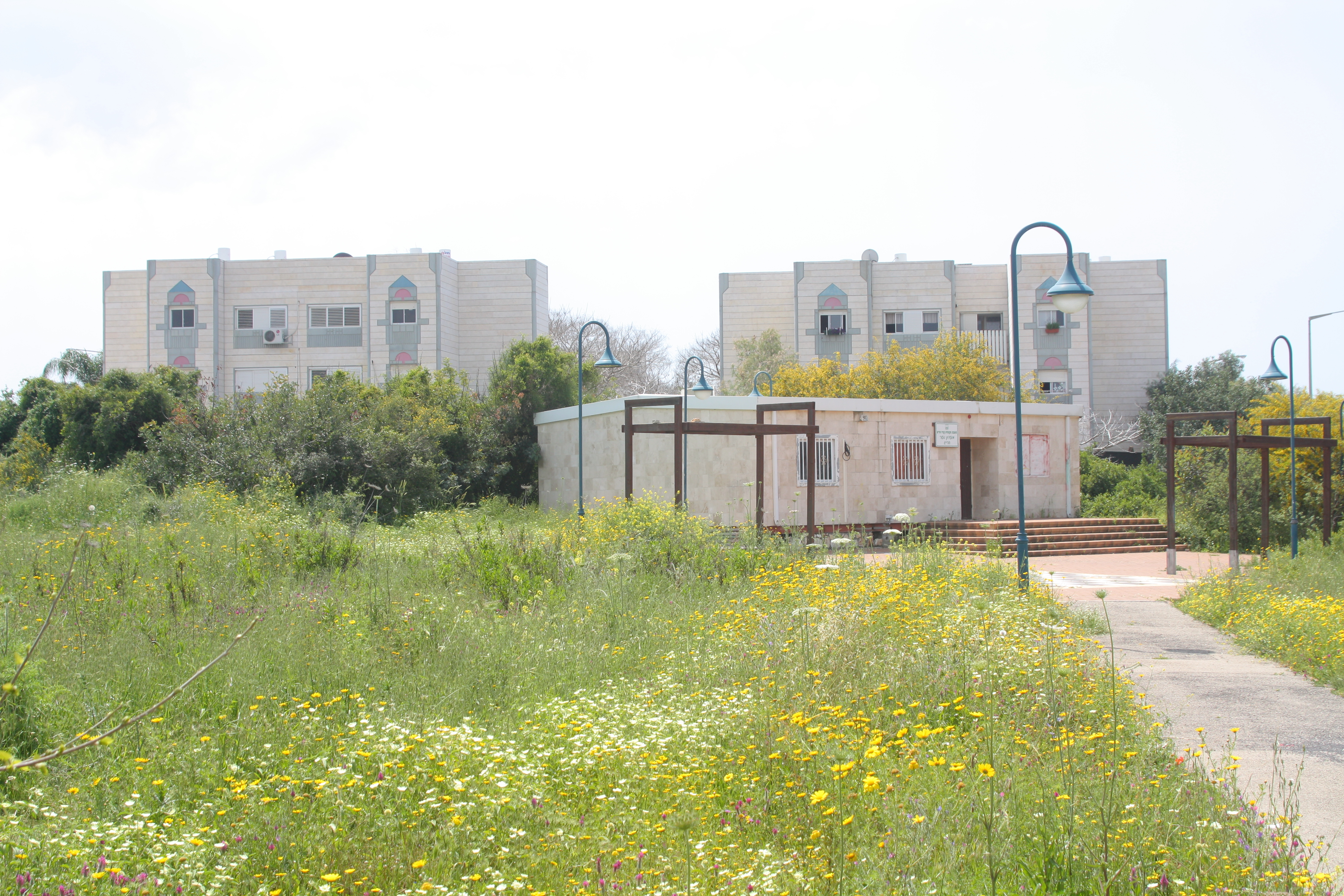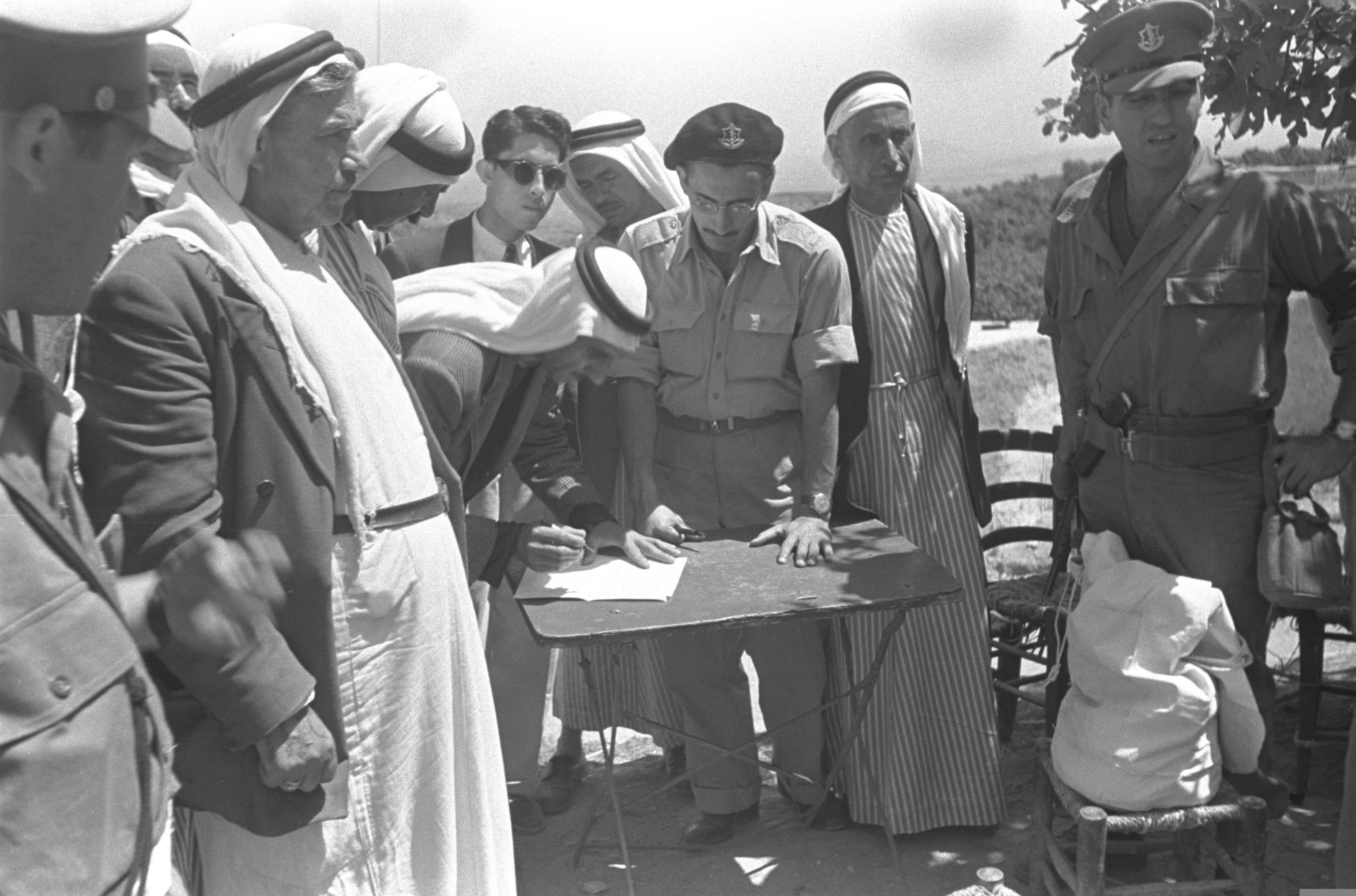|
Katzir
Katzir () is a community settlement in north-central Israel. Located south-west of Umm al-Fahm and close to the Green Line, it falls under the jurisdiction of Menashe Regional Council. In it had a population of . History The village was established in 1982 by Hitahdut HaIkarim on land owned by the Jewish Agency, and was initially a community settlement A community settlement (, ''Yishuv Kehilati'') is a type of town or village in Israel and in the West Bank. In an ordinary town, anyone may buy property, but in a community settlement, the village's residents are organized in a cooperative an .... In 1993 it was merged with neighbouring Harish to form Katzir-Harish local council. However, in 2012 the two were separated, with Harish remaining a local council and Katzir reverting to the jurisdiction of Menashe Regional Council. References External linksOfficial website Community settlements Menashe Regional Council Populated places in Haifa District Populated pla ... [...More Info...] [...Related Items...] OR: [Wikipedia] [Google] [Baidu] |
Katzir-Harish
Harish (, cha-reesh, lit. "ploughed furrow") is a city in the north of Israel. Its jurisdiction is an area of 9,739dunams. It is currently being expanded into a city projected eventually to have a population of 100,000. In it had a population of . History Harish was founded as a Nahal settlement in 1982 and converted into a kibbutz in 1985. The kibbutz disbanded in 1993. Following a government decision, a new neighborhood of 300 housing units was built on the site and marketed to career army officers, although few moved there. Harish merged with the neighboring town of Katzir, forming Katzir-Harish. They separated again in 2012, with Harish remaining a town, and Katzir reverting to the jurisdiction of Menashe Regional Council. In the 1990s, the low cost of housing attracted young couples, mostly secular, but in 2003, a group of Garin Torani families moved to the town. In addition, an Arab Bedouin clan from Ramla moved there in order to end a bloody feud with another clan. In ... [...More Info...] [...Related Items...] OR: [Wikipedia] [Google] [Baidu] |
Hitahdut HaIkarim
Hitahdut HaIkarim (, lit. ''Farmers Federation'') is a settlement movement for private farmers in Israel. History ''Hitahdut HaMoshavot BeYehuda VeShomron'' (, ''Association of moshavot in Judea and Samaria'') was founded in Yavne'el in 1920, making it the oldest agricultural organisation in Israel. In 1927 it was expanded and renamed ''Hitahdut HaIkarim BeEretz Israel'' (, lit. ''Association of the Farmers in the Land of Israel''). After Israeli independence it adopted its current name. The organisation was affiliated with the General Zionists, and later (as of 1985) with the Liberal Party. It published the weekly ''Bustenai'' periodical in conjunction with the General Zionists between 1929 and 1939. Zionist leader Moshe Smilansky served as its president, whilst Haim Ariav, a General Zionists member of the Knesset, served as its secretary. [...More Info...] [...Related Items...] OR: [Wikipedia] [Google] [Baidu] |
Menashe Regional Council
The Menashe Regional Council (, ''Mo'atza Azorit Menasheh'') is a Regional council (Israel), regional council near the city of Hadera, on Israel's north-central Israeli Coastal Plain, coastal plain in the southern Haifa District. It is named after the Tribe of Manasseh, tribe of Menashe which had been allotted this region (and a much larger territory around) according to the Book of Joshua (17:1-10). List of localities This regional council provides various municipal services for the 21 communities within its territory: Kibbutzim *Barkai *Ein Shemer *Gan Shmuel *Kfar Glikson *Lahavot Haviva *Magal (kibbutz), Magal *Ma'anit *Metzer *Mishmarot *Regavim Moshavim *Ein Iron *Gan HaShomron *Kfar Pines *Maor *Mei Ami *Sde Yitzhak *Talmei Elazar Arab villages *al-Arian *Meiser *Umm al-Qutuf Other villages *Alonei Yitzhak *Sha'ar Menashe See also * Wadi Ara External linksOfficial website Menashe Regional Council, Regional councils in Israel Regional co ... [...More Info...] [...Related Items...] OR: [Wikipedia] [Google] [Baidu] |
Community Settlement
A community settlement (, ''Yishuv Kehilati'') is a type of town or village in Israel and in the West Bank. In an ordinary town, anyone may buy property, but in a community settlement, the village's residents are organized in a cooperative and have the power to approve or to veto a sale of a house or a business to any buyer. Residents of a community settlement may have a particular shared ideology, religious perspective or desired lifestyle, which they wish to perpetuate by accepting only like-minded individuals. For example, a family-oriented community settlement that wishes to avoid becoming a retirement community may choose to accept only young married couples as new residents. As distinct from the traditional Israeli development village, typified by the kibbutz and moshav, the community settlement emerged in the 1970s as a non-political movement for new urban settlements in Israel.Aharon Kellerman''Society and Settlement: Jewish Land of Israel in the Twentieth Century,''S ... [...More Info...] [...Related Items...] OR: [Wikipedia] [Google] [Baidu] |
Umm Al-Fahm
Umm al-Fahm ( , ''Umm al-Faḥm''; ''Um el-Faḥem'') is a city located northwest of Jenin in the Haifa District of Israel. In its population was , nearly all of whom are Palestinian citizens of Israel. The city is situated on the Umm al-Fahm mountain ridge, the highest point of which is Mount Iskander ( above sea level), overlooking Wadi Ara. Umm al-Fahm is the social, cultural and economic center for residents of the Wadi Ara and Triangle regions. Etymology Umm al-Fahm literally means "Mother of Charcoal" in Arabic. According to local lore, the village was surrounded by forests which were used to produce charcoal. History Several archaeological sites around the city date to the Iron Age II, as well as the Persian, Hellenistic, Roman, early Muslim and the Middle Ages.Zertal, 2016, p119/ref> Mamluk era In 1265 C.E. (663 H.), after Baybars won the territory from the Crusaders, the revenues from Umm al-Fahm were given to the Mamluk ''na'ib al-saltana'' (viceroy) of Syria ... [...More Info...] [...Related Items...] OR: [Wikipedia] [Google] [Baidu] |
Green Line (Israel)
The Green Line, or 1949 Armistice border, is the demarcation line set out in the 1949 Armistice Agreements between the armies of Israel and those of its neighbors (Egypt, Jordan, Lebanon, and Syria) after the 1948 Arab–Israeli War. It served as the ''de facto'' borders of the State of Israel from 1949 until the Six-Day War in 1967, and continues to represent Israel's internationally recognized borders with the two Palestinian territories: the West Bank and the Gaza Strip. The Green Line was intended as a demarcation line rather than a permanent border. The 1949 Armistice Agreements were clear (at Arab insistence) that they were not creating permanent borders. The Egyptian–Israeli agreement, for example, stated that "the Armistice Demarcation Line is not to be construed in any sense as a political or territorial boundary, and is delineated without prejudice to rights, claims and positions of either Party to the Armistice as regards ultimate settlement of the Palestine questio ... [...More Info...] [...Related Items...] OR: [Wikipedia] [Google] [Baidu] |
Jewish Agency For Israel
The Jewish Agency for Israel (), formerly known as the Jewish Agency for Palestine, is the largest Jewish non-profit organization in the world. It was established in 1929 as the operative branch of the World Zionist Organization (WZO). As an organization, it encourages immigration of Jews in diaspora to the Land of Israel, and oversees their integration with the State of Israel. Since 1948, the Jewish Agency claims to have brought 3 million immigrants to Israel, where it offers them transitional housing in "absorption centers" throughout the country. David Ben-Gurion served as its chairman of the executive committee from 1935, and in this capacity on 14 May 1948, he proclaimed Israel's independence, following which he served as the first Israeli prime minister. In the years preceding the founding of Israel, the Jewish Agency oversaw the establishment of about 1,000 towns and villages in the British Mandate of Palestine. The organization serves as the main link between Isra ... [...More Info...] [...Related Items...] OR: [Wikipedia] [Google] [Baidu] |
Community Settlement (Israel)
A community settlement (, ''Yishuv Kehilati'') is a type of town or village in Israel and in the West Bank. In an ordinary town, anyone may buy property, but in a community settlement, the village's residents are organized in a cooperative and have the power to approve or to veto a sale of a house or a business to any buyer. Residents of a community settlement may have a particular shared ideology, religious perspective or desired lifestyle, which they wish to perpetuate by accepting only like-minded individuals. For example, a family-oriented community settlement that wishes to avoid becoming a retirement community may choose to accept only young married couples as new residents. As distinct from the traditional Israeli development village, typified by the kibbutz and moshav, the community settlement emerged in the 1970s as a non-political movement for new urban settlements in Israel.Aharon Kellerman''Society and Settlement: Jewish Land of Israel in the Twentieth Century,''SU ... [...More Info...] [...Related Items...] OR: [Wikipedia] [Google] [Baidu] |
Local Council (Israel)
Local councils (; singular: ; ; singular: ) are one of the three types of local government found in Israel, the other two being list of cities in Israel, cities and Regional council (Israel), regional councils. There are 124 local councils in Israel, including 69 Arab citizens of Israel, Arab local councils. History Local council status is determined by passing a minimum threshold: enough to justify operations as independent municipal units, although not of a scale large enough to be declared a city. In general this applies to all settlements of over 2,000 people. The Israeli Interior Minister of Israel, Interior Minister has the authority of to decide if a locality meets the requirements of a municipal council (a city council (Israel), city). The minister then reviews the residents request, which may include the locality remaining a local council despite meeting the city status requirements (e.g., Ramat HaSharon, which did not become a city until 2002 due to its residents want ... [...More Info...] [...Related Items...] OR: [Wikipedia] [Google] [Baidu] |
Community Settlements
A community is a social unit (a group of people) with a shared socially-significant characteristic, such as place, set of norms, culture, religion, values, customs, or identity. Communities may share a sense of place situated in a given geographical area (e.g. a country, village, town, or neighborhood) or in virtual space through communication platforms. Durable good relations that extend beyond immediate genealogical ties also define a sense of community, important to people's identity, practice, and roles in social institutions such as family, home, work, government, TV network, society, or humanity at large. Although communities are usually small relative to personal social ties, "community" may also refer to large-group affiliations such as national communities, international communities, and virtual communities. In terms of sociological categories, a community can seem like a sub-set of a social collectivity. In developmental views, a community can emerge out of a col ... [...More Info...] [...Related Items...] OR: [Wikipedia] [Google] [Baidu] |
Populated Places In Haifa District
Population is a set of humans or other organisms in a given region or area. Governments conduct a census to quantify the resident population size within a given jurisdiction. The term is also applied to non-human animals, microorganisms, and plants, and has specific uses within such fields as ecology and genetics. Etymology The word ''population'' is derived from the Late Latin ''populatio'' (a people, a multitude), which itself is derived from the Latin word ''populus'' (a people). Use of the term Social sciences In sociology and population geography, population refers to a group of human beings with some predefined feature in common, such as location, race, ethnicity, nationality, or religion. Ecology In ecology, a population is a group of organisms of the same species which inhabit the same geographical area and are capable of interbreeding. The area of a sexual population is the area where interbreeding is possible between any opposite-sex pair within the ... [...More Info...] [...Related Items...] OR: [Wikipedia] [Google] [Baidu] |







